Web design is an important part of the huge process of driving conversions, improving user satisfaction, and increasing the average time spent on the site. Visual elements are an essential part of web design. They can evoke emotions, attract and engage website visitors, and change the image of the business.
The visual elements are important and can change how a person sees the business. Whether you use icons and animations or infographics and videos, all of them can significantly influence website design.
For example, typography can enhance readability, videos can explain complex ideas, and colors can evoke emotions. Every small thing in web design is important because it can hugely affect decision-making processes.
So, let’s talk about win-win visual elements that can surely make your website design better, without much effort and time! Let’s move on!
10 Visual Elements to Enhance Your Web Design
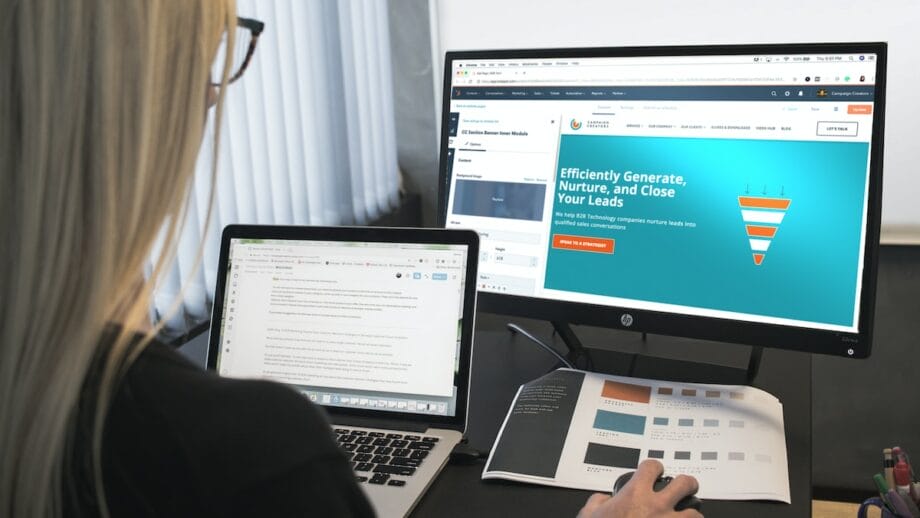
Today you can find hundreds of various visual elements that will enhance your web design. So, contingent on your aims and product or service characteristics, it will be quite easy to find the best ones. We will talk about the best options, that can be integrated to improve your web design. From engaging animations and animated gifs to detailed product videos and informative infographics. There are dozens of choices, that can be effective!
Using these visuals can help improve website user engagement and conversions and become memorable for your target audience. Find out which of the choices is the most suitable for you!
Let’s move on!
1. Infographics
Infographics are a popular visual element used on almost any website. What is the power of infographics? First, they help explain complex ideas by visualizing them. Second, they are appealing to and engaging for website visitors. So, infographics help to transform rough information of numbers and text into engaging visual elements.
Mainly, thanks to being visually appealing, simple, and informative, infographics can attract the target audience and increase the average time spent on site. Besides, when it comes to infographics, they have to be not only transparent and easy to understand but also relevant to the website and audience.
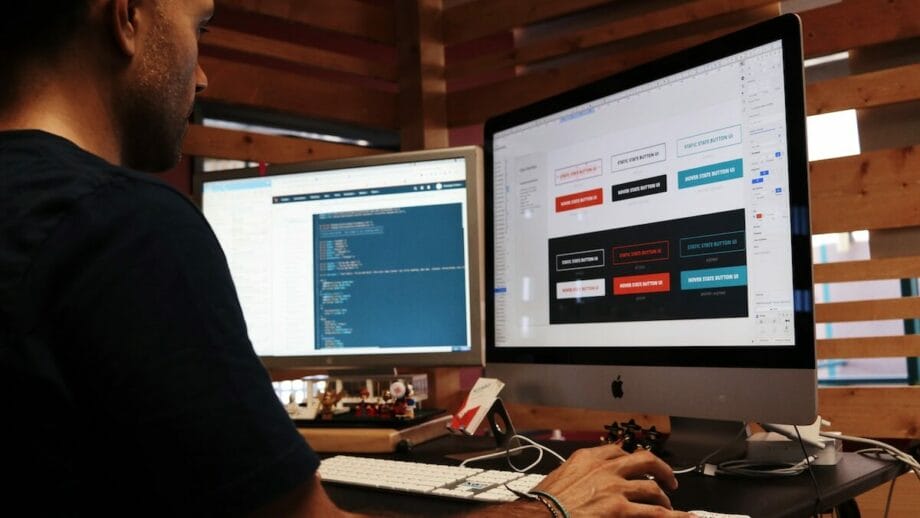
2. Animated GIFs
Animated GIFs are engaging elements that will add dynamics to any web design. Whether you use an animation or an animated GIF, it can attract a lot of website visitors, make them stay longer on site, and create a memorable web experience. Surely, they should be used accurately and not staffed all over the website so as not to overwhelm the target audience.
Another advantage of animations and animated GIFs is that they are quite simple to create. All you need to do is imagine a design and find the perfect tool like Adobe GIF Maker. With some of the feature-rich tools, you should not even think about the design: you can simply use the ready-to-use templates or get inspired during the creative process. So, the process is not only beneficial but also simple.
3. Icons and Logos
Icons and logos are the next crucial element for your web design. They can become symbols to recognize your brand and transfer any message. For a website, they can become brand representatives and ensure an unforgettable user experience.
Icons ensure easy navigation on the website by representing actions or ideas. They can serve as user guides and emphasize certain website features. So, besides being visually appealing, engaging, and simple, icons also improve your site’s navigation, making it smooth and intuitive.
Logos are brand symbols or words used to represent a company or agency. They are used primarily on the website’s homepage to increase brand identity. The logo should be simple, unique, and original. A well-designed logo can show the brand’s professionalism and grow its authority without any effort.
When adding icons and logos to your website, whether on a homepage or a website’s header, you have to consider consistency. Indeed, you should not forget about the relevance and originality of the logos and icons. Every element should be suitable for the website and display the brand ideas and values.
4. Customized Layout
Another part of web design is customized layout, which is extremely important. With its help, any organization can create a unique user experience and stand out in the best way possible. What is the difference between generic and customized layouts? Customized layouts are flexible and unique; they can suit any brand’s goals. Generic layouts are repeatable and uninteresting, and it is hard to create an unforgettable website with them.
Customized layouts help to create smooth navigation, improve user experience, and emphasize important details. This way, any brand can create a place that is designed especially for its target audience preferences. So, in short, a well-designed website with a customizable layout design is a perfect place to show originality and differentiate yourself. Only through all of this can you make your web design the reflection of your service or product and the brand itself.
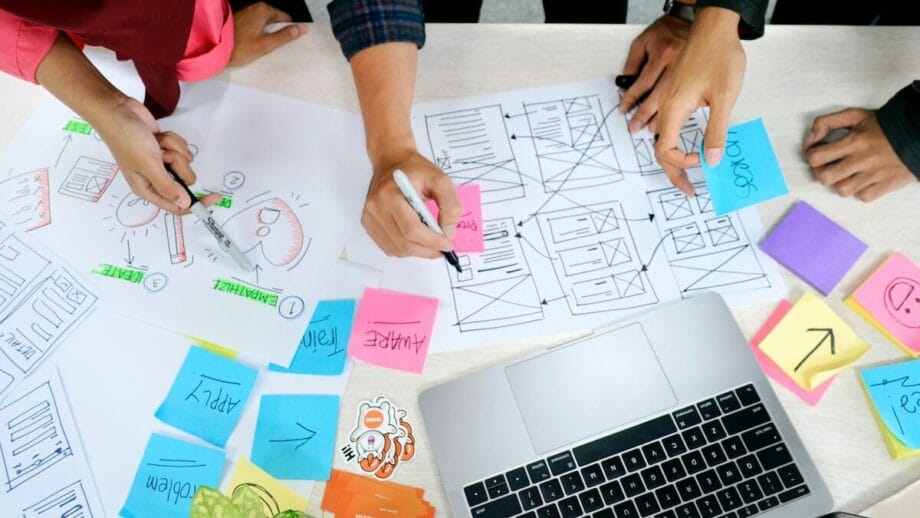
5. Typography
Typography is another basic of web design that can improve not only the look of the website but also decrease bounce rates and boost conversions. Indeed, fonts shouldn’t solely be beautiful and engaging but also relevant, suitable to the website, and readable. Only by making your typography accessible for various gadgets can it become successful. What is important while working with fonts? Spacing, text size, and hierarchy. All these three things used together can lead to effective and usable content.
However, creating beautiful and accessible content is not enough. The fonts and content should be constantly tested and updated. This is important because we live in a constantly changing digital world. The text should be mobile-friendly because a lot of users scroll through the websites using a simple smartphone. Simple words on the screen can’t make your website a memorable one.
6. Charts and Diagrams
Charts and diagrams are important visual elements that can improve the visual appeal of any website. Just like infographics, they can be used to visualize complex information in a more exciting and clear way. Mainly, they are used for comparisons, interesting illustrations of trends, and forecasts.
Charts and graphics can benefit the website owner, marketers, and visitors. They can help in the decision-making process, explain in a simple manner, and provide context. Using diagrams or charts to improve web design, you should consider relevancy, mobile-friendliness, and quality.
Relevancy is an important aspect of any visual element, as well as mobile-friendliness. Quality should also be considered when creating charts and diagrams. It doesn’t matter how informative your graphic is if it is low quality. And indeed, three aspects will ensure the effectiveness of the visuals, making them more accessible and engaging.
7. Call-to-action Buttons
Call-to-action buttons are important and beneficial visual elements that can be included in your website. They are inviting and engaging buttons that help navigate and focus visitors’ attention to detail. The best practice for using CTA buttons for a great web design is to use them carefully and relevantly.
A web designer should consider the background color, font, and design of the website while creating a single button. Using the right colors can stress any button and encourage a subscription, reading more content, or a purchase.
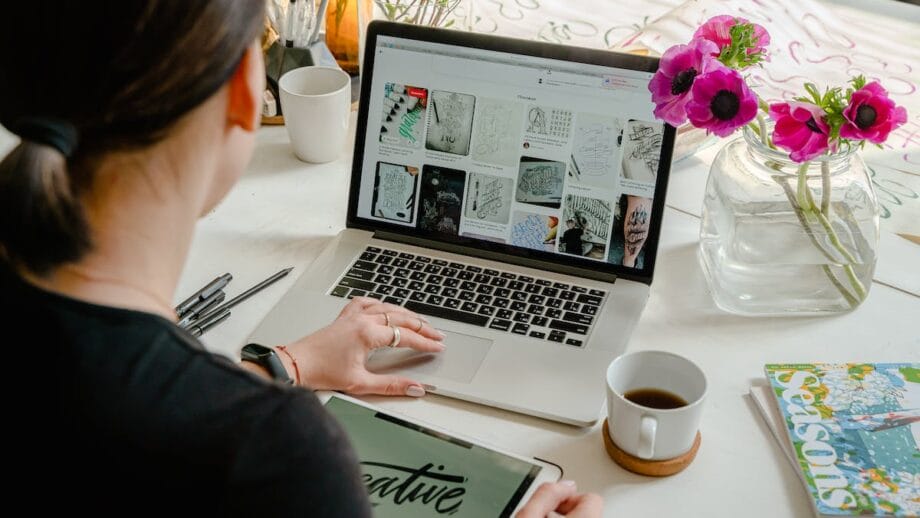
8. Illustrations
Illustrations are another visual element that can increase web design’s creativity and make it more appealing. In contrast to photos, illustrations are more customizable. They are considered as ‘works of art’ and consequently can evoke more emotions. Unique and custom illustrations of high quality can capture visitors’ attention and make their experience on your website memorable.
A great advantage of illustrations is that they can be designed for any website and suit any layout. By conveying complicated ideas in a user-friendly way, they are perfect visual elements for any business.
9. Videos
One of the most engaging visual elements these days that can improve your website design is thought to be a video. Videos are dynamic, help to explain complex ideas and display products or characteristics effectively. Videos should be used accurately to make the user experience better and don’t overwhelm viewers.
Besides, authentic videos embedded on the website can enhance brand authority, and connect with the target audience. Finally, high-quality informative videos help to make a long-lasting impression and boost engagement with your website content.
10. Live Chats
The last but not the least visual element that can improve your website design is live chats. Real-time communication will not only make your web better but also will create a connection between your website and its visitors.
With the comments section of your videos, you can also let the audience ask questions and give feedback about a product or a service. Besides, by enabling instant assistance you can easily improve customer support processes.
Even though live chats are not used especially for improving visual design, they also can be customized to suit web design and align audience preferences.
Conclusion
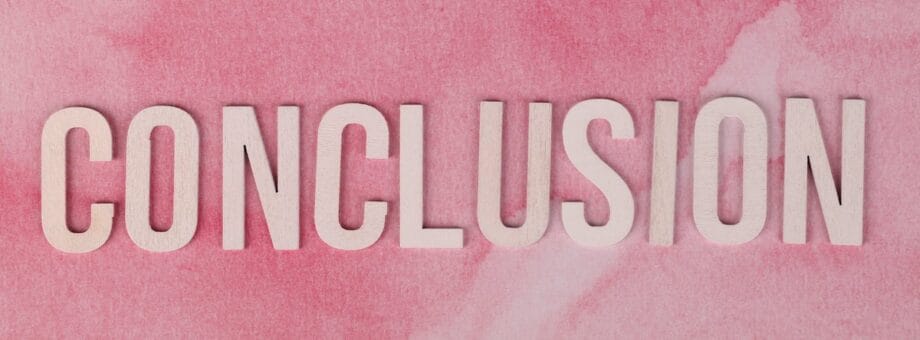
To sum up, a well-designed website is not a choice. Without a well-built website with interactive, informative, and beautiful visual elements you can’t have a successful business. That’s why it’s important to keep up with updates in the visual world and to create and integrate the best and modern visual elements, that are relevant to your brand.
So, try out different versatile visual elements and find the best ones for you!





